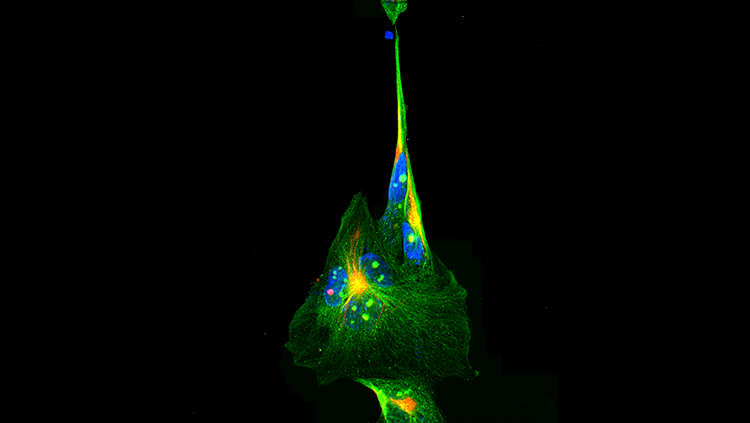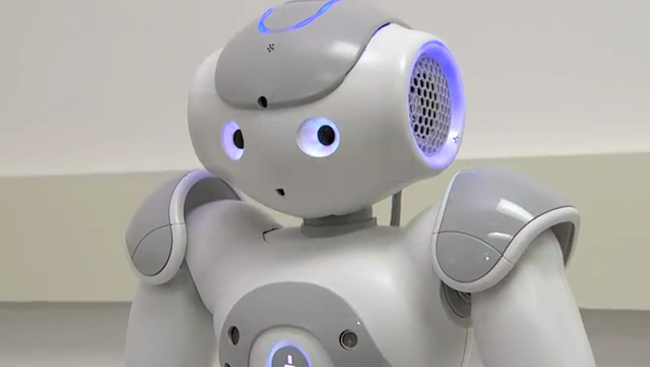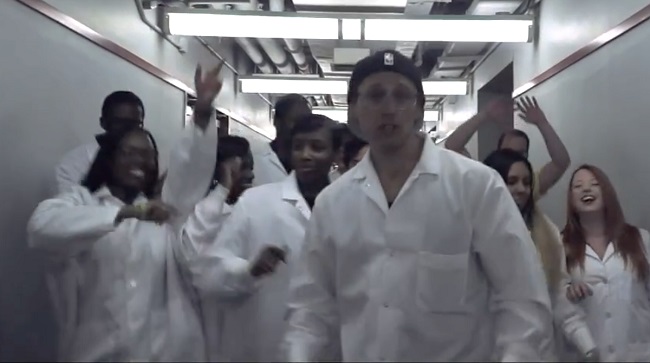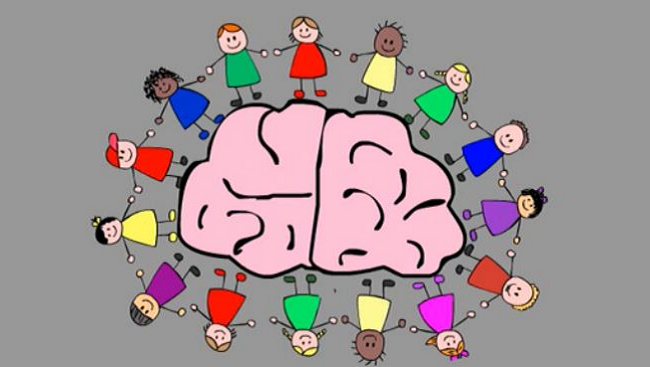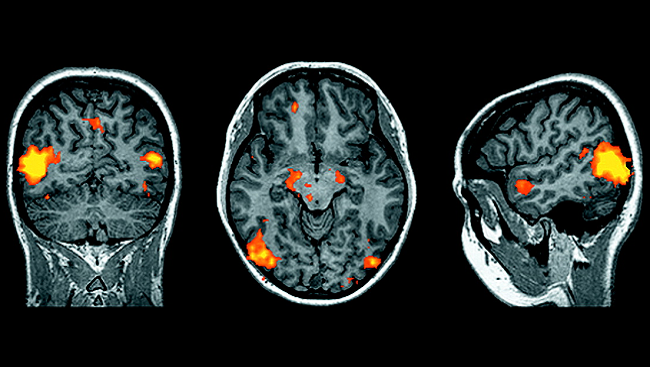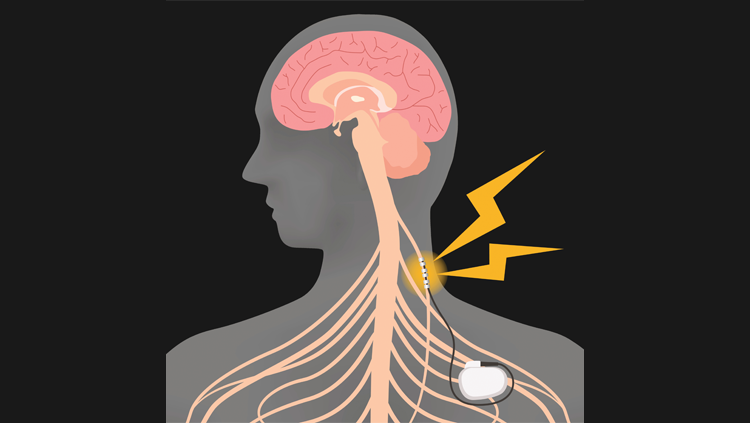Using Your Brain
- Published5 Sep 2012
- Reviewed5 Sep 2012
- Source BrainFacts/SfN
How does your brain keep track of memories, feelings, and sensory information, as well as help you move and balance all while maintaining your heart rate and breathing? Kenneth Dyson, a postdoctoral fellow at the Université de Montréal, explores this question with help from his sons Taj and Deszmo, 12 and 6 years old, in this 2012 Brain Awareness Video Contest submission that received honorable mention.
CONTENT PROVIDED BY
BrainFacts/SfN
Transcript
You probably are aware that you have thoughts, feelings, and ideas. In ancient times these were widely believed to originate in your heart. Then, in the Renaissance, with the start of the scientific revolution, mental processes were proved to originate in the brain. Bye, Socrates.
You may have been told that you use only about 10 percent of your brain - this is a myth. In fact, your brain is very complex and is divided into a number of areas that perform multiple simulaneus tasks that you are not even aware are going on. For example, the thoughts feelings and ideas are happening in the front of your brain in an area called the frontal lobe. All the sensory information you recieve from the outside world, such as hearing sounds, recognizing speach, smelling smells, and seeing stuff are processed in the temporal and occipital lobes. Your muscle movements allowing you to play sports or simply use a computer mouse are commanded by areas in the parietal lobe. Balance and coodination are controled in the cerebellum. Without its proper functioning you would not even be able to stand upright. Your brainstem quietly keeps you alive by making sure that your heart and lungs are working properly. To top it all off you have memories scattered all over the place that you have access to a fraction of a second's notice. Wow, look at this mess. How can you do all this stuff all at the same time? By using your brain!


